New Interphase FLS, high end & economy
Even though the EchoPilot Foward Looking Sonar (FLS) I tried back in 2002 couldn’t see very far and wasn’t reliable (kelp seemed able to hide even steep Maine ledges), it hooked me on the potential of the technology. In tricky waters my eye regularly flicked to that little screen above, hoping to see the bottom ahead. Thus I got excited when Furuno previewed a purportedly powerful FLS in 2005, and again when hints arose last winter. But that product has never surfaced. Forward scanning obsessed Interphase, however, is attacking FLS issues from two directions…
First up is the new Escort (info on Interphase main page), which will deliver a simple narrow beam bottom-to-surface forward view that can help you “detect changing bottom conditions up to several hundred feet beyond your boat” and serve as a fishfinder with a 600′ range, all for “less than $1,000.” The system architecture is the same flexible black-box-with-keyboard design that Interphase has offered for a while. You use an existing VGA or video display, and I can tell you from recent camera testing that the newer MFDs, like the Raymarine C Wide and Simrad NSE, are good at displaying video. Then again, the NSE will eventually have a StructureScan option, and that too could be used to, say, survey an anchorage (as I argued in yesterday’s comments).


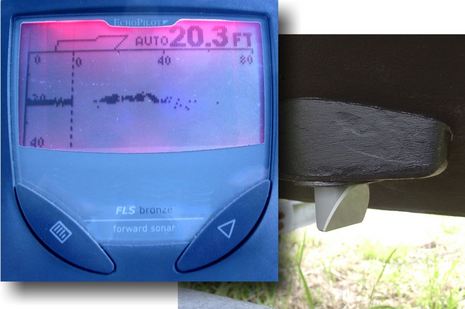
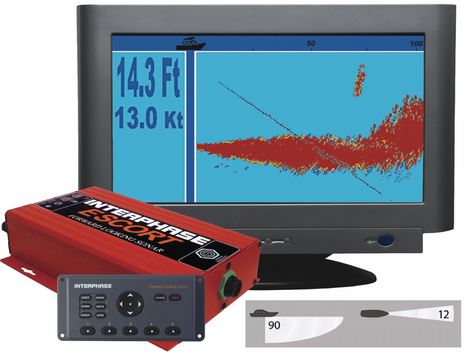
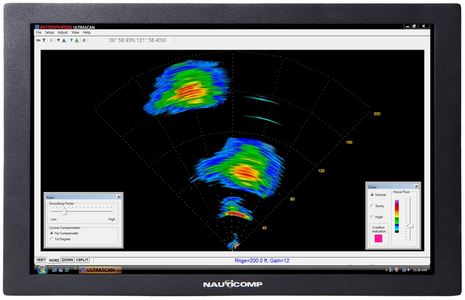
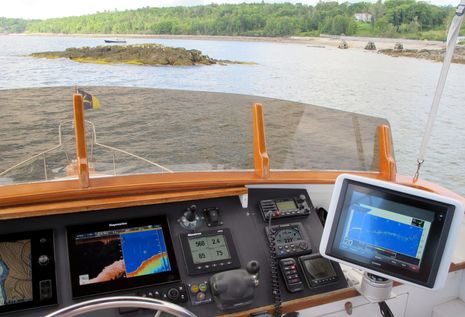

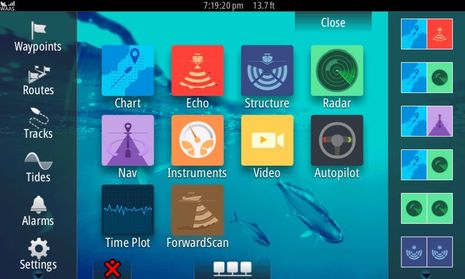









“Ultrascan is also backward compatible with existing Interphase transducers.”
That’s good because I’ve had buyers remorse with their existing product. All sizzle, no steak.
I installed mine with simple expectations: I wanted to be able to find my way in to secret gunk holes when there was no visibility in the water. It works. It works straight ahead, and 90 degrees to either side. It is NOT as easy to interpret as the sidescan pisctures I’ve seen, but I don’t have to be running perpendicular to my destination either.
Would FLS be useable to detect floating containers ahead?
The Farsounder FS-3DT claims to see a container at 1,400′, but costs a whole lot of money:
http://www.farsounder.com/products/navigation_sonar/FS-3_DT
But I don’t think that reliable container avoidance is a reasonable expectation from more inexpensive FLS.